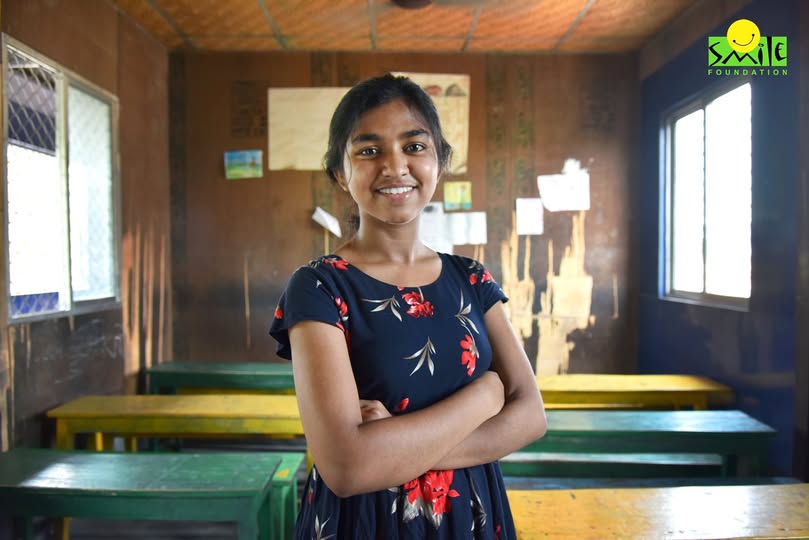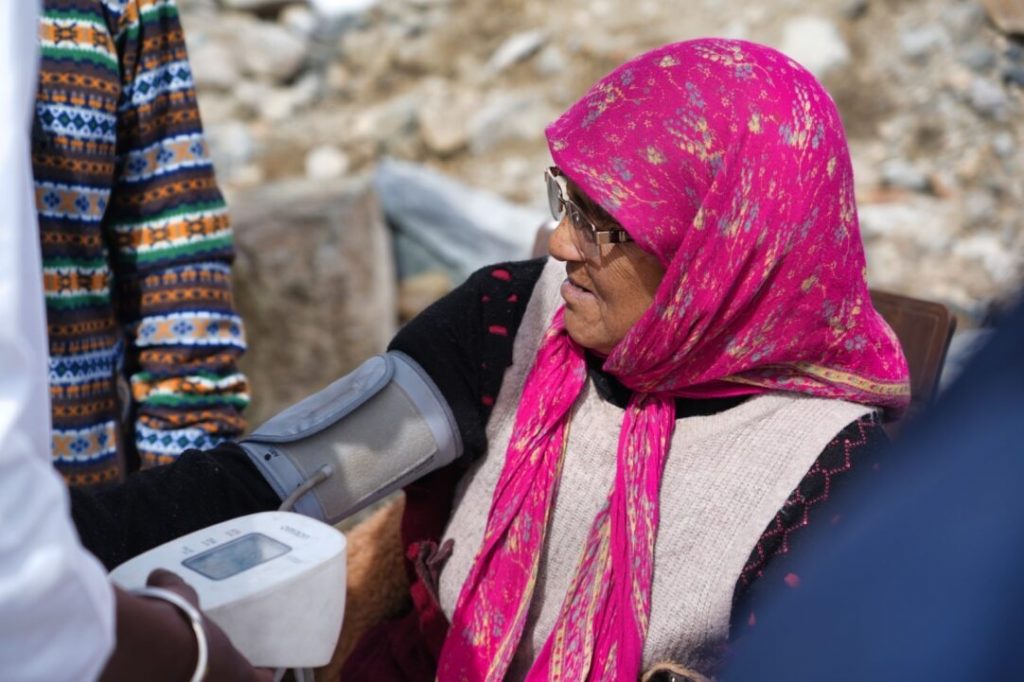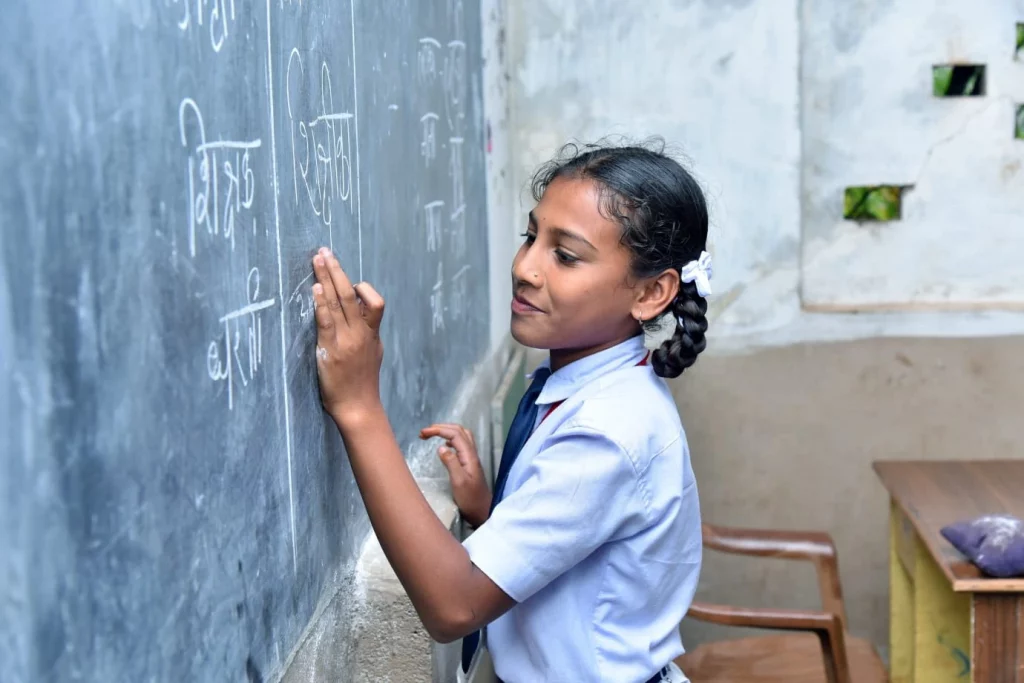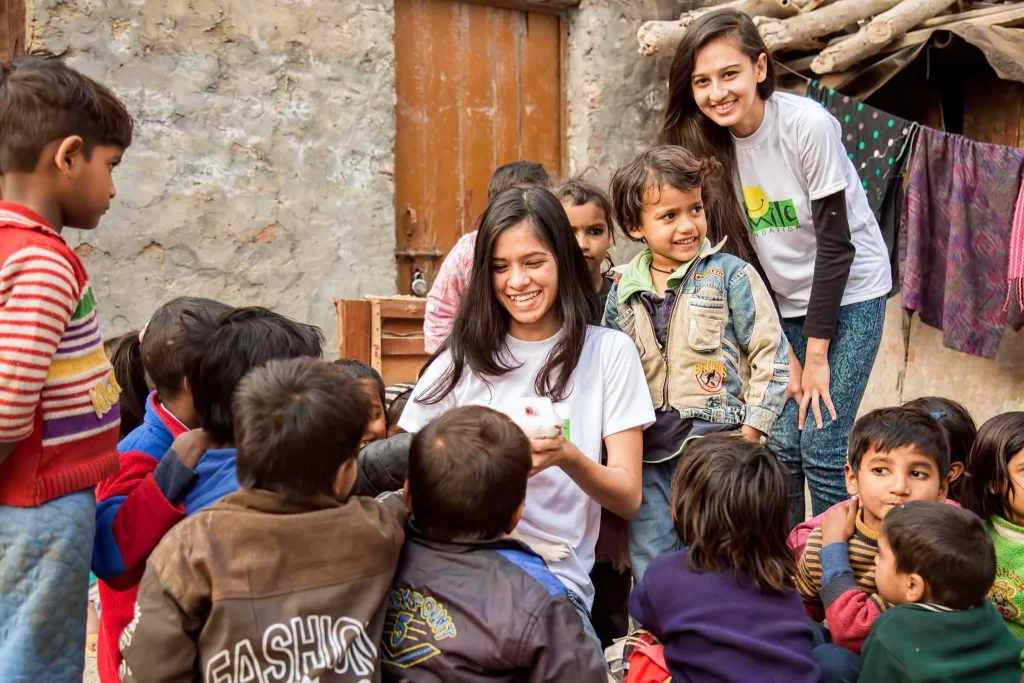With the new year and new beginnings the priority should be to not only bring children to school but also keep them in schools. More than 11.70 lakh children have been identified as out-of-school children across the country in the first eight months of the financial year 2024-25. The Right to Education Act and the National Policy on Education initiated by the government aimed to ensure education for everyone, but it is equally crucial to evaluate the sustainability and effectiveness of the education system. High dropout rates signify a considerable loss within the educational framework; many students quit school without gaining essential skills, and their early departure results in a substantial waste of limited educational resources.
Education is a basic human right. It provides children with the knowledge, skills, and values necessary to realize their full potential, achieve economic independence, and actively participate in their communities and societies. The fourth goal of the Sustainable Development Goals (SDGs) aims to ensure that every girl and boy has access to free, equitable, and quality primary and secondary education by 2030, resulting in meaningful and effective learning outcomes. To fulfill this objective, it is essential for every child to complete their education without dropping out.
The NEP’s Aim
India has made notable progress in achieving almost universal enrolment in elementary education, thanks to programmes such as the Sarva Shiksha Abhiyan (now known as Samagra Shiksha) and the Right to Education Act. However, keeping students engaged in higher grades remains a persistent challenge.
To address these challenges, NEP 2020’s primary goal is to reduce dropout rates and guarantee universal access to education at every level. This will be accomplished through two main initiatives. The first involves enhancing infrastructure to ensure students have access to a safe and engaging educational environment up to class 12. The second initiative focuses on implementing a tracking system to monitor student’s progress at different stages, offering them support from guidance counselors and qualified social workers.
So much is being done to lower dropout rates. The question is, how many of these initiatives and plans are actually implemented, followed up on, and sustained. Let’s look at some long-term remedies for school dropouts in India.
Encouraging Community and Parental Engagement
To help students and their families recognize the significance of education in their personal growth, educational institutions and associated organizations must cultivate a feeling of success among both parents and students. Schools and educational systems need to address the needs of parents to overcome obstacles that hinder education. Some effective initiatives for engaging families include:
- Identifying the support that families require and providing spaces, mentors, or resources to help them tackle these challenges. For example, if a child struggles in a particular subject, enlisting other students or community members knowledgeable in that area to offer assistance can be beneficial.
- Enhancing the capability of school staff to collaborate with families effectively.
- It’s also crucial to follow up on their concerns and monitor their progress with the resources provided.
- Celebrating achievements can be an effective way to accomplish this.
Monitoring Systems for Out-of-School Children
Many government and development organizations engage in ongoing monitoring and evaluation of schools serving underserved populations. By processing this data in real-time using a dropout early warning system and taking local action to tackle any issues, significant improvements can be made in the education sector. It can be motivating for parents and schools, when schools are supported and given the tools to solve their challenges.
Vocational Training and Skill Development
Every parent dreams of providing their child with a brighter future and better financial stability. Incorporating vocational training and skill development into the educational curriculum is a crucial strategy for families facing financial challenges to recognize the benefits of their child’s education. This approach also helps keep students physically engaged. By offering a selection of activities for students to choose from and excel in, they remain actively involved while simultaneously learning to be self-sufficient.
Other Ways
Career guidance, short-term internships, and workshops aimed at preparing children for various career paths are valuable methods to help them explore future options and recognize the advantages of pursuing further education.
Open and Distance Learning (ODL) programs and vocational training starting from Grade 6 offer students adaptable and practical choices, making education more applicable and decreasing dropout rates. By modernizing the curriculum, making it more inclusive and equipping teachers to engage students more effectively, we can enhance student interest and retention, particularly among underserved communities.
Finally, schools must ensure that students continue their education. Sometimes, avoiding dropout is beyond the capacity of school staff alone, because kids and their families may require assistance that schools cannot provide. In such circumstances, schools should contact other necessary authorities and organisations to intervene. The fact is that keeping a child in school requires a commitment from educators and authorities, as well as a strong belief in education as a method of achieving social and economic goals.
This story from our education programme underlines why a constant stream of support is needed for children of low-income families to continue education.
“In the slum where I live, many parents are worried about their children’s education. Many girls could not study beyond class 8. My mother, a housewife, had to work as a maid to make ends meet. Like many, I was also on the brink of dropping out from school. Had I not received the scholarship, it would have been almost impossible for me to continue with my education. I want to study science, pursue Biotechnology. And I want to help girls in my community complete their education.”
– Debasmita, a recipient of Smile Foundation’s merit-based scholarship

Keeping children in school requires consistent action and genuine care. Debasmita’s story is a reminder of the barriers many children face and how timely interventions, like scholarships, can change lives. By addressing the roots of dropouts and providing tangible, localized solutions, we can ensure that education isn’t just a fleeting opportunity but a lasting foundation for every child. Let us commit to not just bringing children to classrooms, but building a system where they have every reason to stay.










